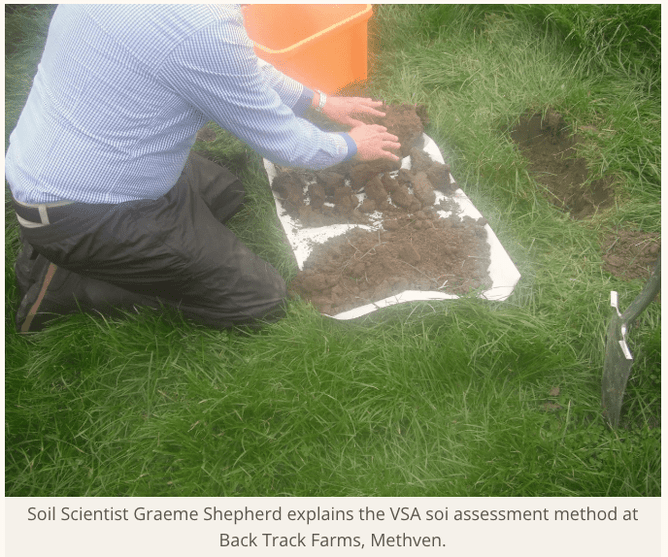“Almost half our emissions (49%) come from agriculture and most of our electricity is already from renewable sources. This means we have few cost-effective options for cutting emissions. New Zealand plans to meet its 2030 target by purchasing emission reductions overseas, forestry, and domestic emissions reductions.” – Ministry for Climate Change.
What?? I have no confidence that the Ministry has the foggiest idea of what to do other than fiddle with symptoms and buy their way out of an easily solved problem with our hard-earned money. Get to the root cause of the problem and don’t waste our $14b on carbon credits!
The knockers make false assumptions that smaller fertiliser companies are in it for the money. That’s not intelligent comment. 130 companies competing for <5% of the market while the two co-ops have >95% of the market? Speaking for ourselves, we are in the market to make a positive difference to NZ agriculture.
The opportunities for competing companies exist because the co-ops concentrate on what fertilisers they manufacture and sell regardless of what each farm requires. The end result is a polluted environment, leading in part to climate change. To make matters worse, government funding agencies allocate funds to find solutions to those that cause the problems in the first place. Therefore finding solutions will not happen on a government or corporate level. Just pay the $14b; it’s easier.
Agriculture can cut its emissions and more by adopting simple strategies. Pasture can sequester more than enough carbon to reverse the situation we live with now, which is leaking carbon from our pastoral land into the atmosphere. Costs may or may not rise a fraction, but in the medium and longer terms, profitability will increase.
Protection of soil life, and the microbe’s humus home becomes an essential strategy. There is little point in reintroducing beneficial microbes with one hand then promptly destroying the new population with the other.
The use of un-buffered salt fertilisers dehydrates and kills many beneficial organisms. Over-tillage slices and dices fungi and oxidises humus. However, the single most destructive component of modern agriculture, in terms of soil life, is chemicals. Fungicides kill the good with the bad; herbicides can be worse than fungicides, and nematicides are the most destructive of all.
A carbon source must be included with all fertiliser and nitrogen applications. If we investigate how we are losing soil carbon, it becomes apparent that mismanagement of nitrogen is a major cause. This is not just an issue relevant to carbon loss.
Agriculture currently contributes 80% of nitrous oxide, which is 310 times more potent than CO2 in terms of its global warming side-effects. Nitrogen stimulates bacteria. Bacteria have more need for nitrogen than any other organism. They seek carbon after being fed nitrogen to balance out their 5:1 carbon to nitrogen ratio. In the absence of applied carbon, they have to target humus. The destruction of humus via the mismanagement of applied nitrogen is a major factor that can be easily addressed.
Research demonstrates that we lose 100 kg of carbon for every 1 kg of nitrogen applied over and above what is required by the plant at the time. Think of large applications of starter N, where a young seedling cannot possibly utilise that much nitrogen. We need to regulate N applications and to adopt foliar application of N (which can be dramatically more efficient) and to include a carbon source with every nitrogen application. The carbon source offers bacteria an alternative to eating humus. This might include molasses, or compost, or soluble humates, a carbon-dense source of humic acid that stabilises and magnifies the nitrogen.
Mycorrhizal fungi (AMF) are the most important creatures on the planet. These endangered organisms, of which we have lost 90%, produce a sticky, carbon-based substance called glomalin. Glomalin triggers the formation of 30% of the stable carbon in our soils.
One soil organism could single-handedly turn things around. It is a very inexpensive strategy to reintroduce these missing creatures to soils. AMF or VAM fungi can increase a plants access to phosphate and other minerals by up to 1000%. However, most soils are bacterially dominated but can be easily modified to accommodate fungi. Diverse populations of fungi can also keep parasitic nematodes and facial eczema in check.
June 2017



